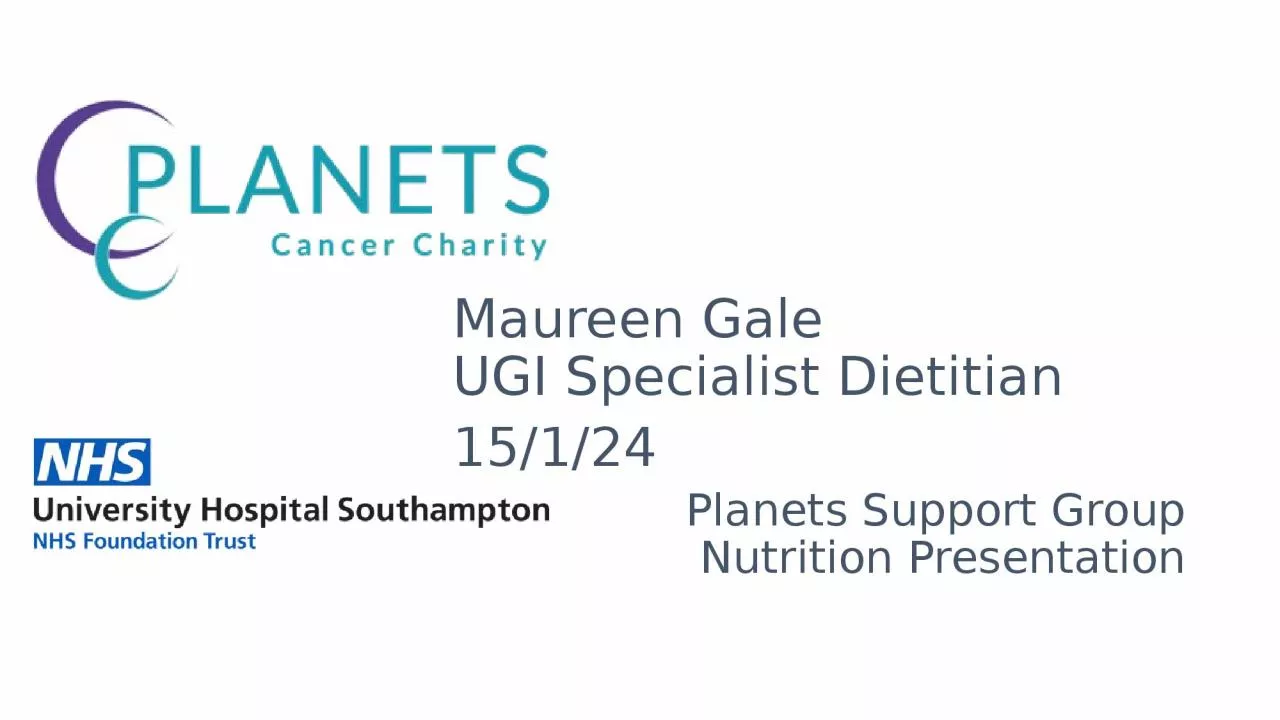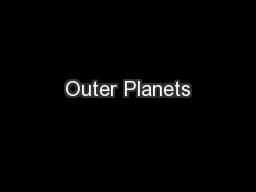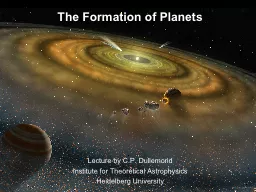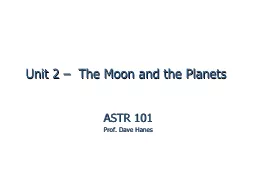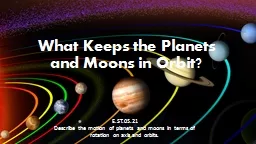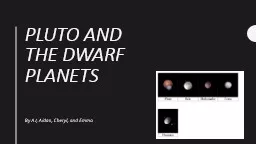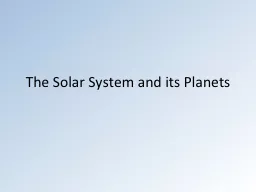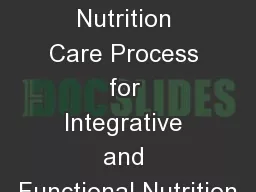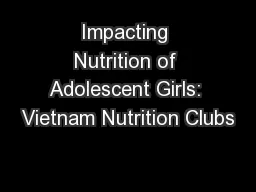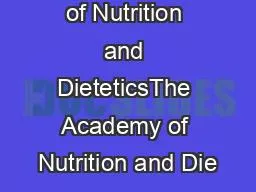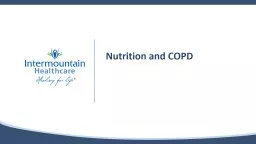PPT-Planets Support Group Nutrition Presentation
Author : megan | Published Date : 2024-01-29
Maureen Gale UGI Specialist Dietitian 15124 Protein What is protein Why we need it What factors cause muscle loss How much protein do you need Where can you get
Presentation Embed Code
Download Presentation
Download Presentation The PPT/PDF document "Planets Support Group Nutrition Presenta..." is the property of its rightful owner. Permission is granted to download and print the materials on this website for personal, non-commercial use only, and to display it on your personal computer provided you do not modify the materials and that you retain all copyright notices contained in the materials. By downloading content from our website, you accept the terms of this agreement.
Planets Support Group Nutrition Presentation: Transcript
Download Rules Of Document
"Planets Support Group Nutrition Presentation"The content belongs to its owner. You may download and print it for personal use, without modification, and keep all copyright notices. By downloading, you agree to these terms.
Related Documents

